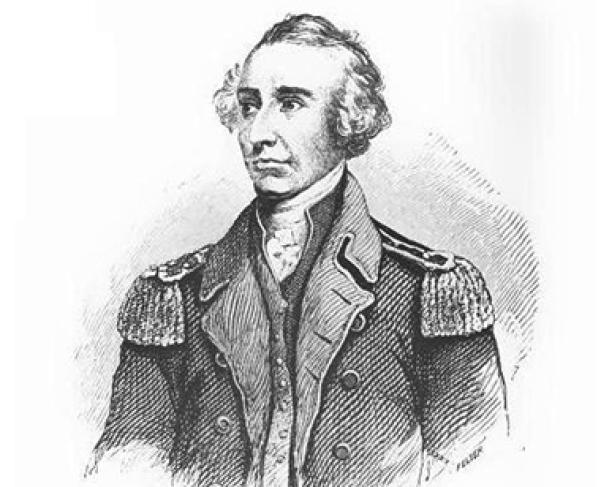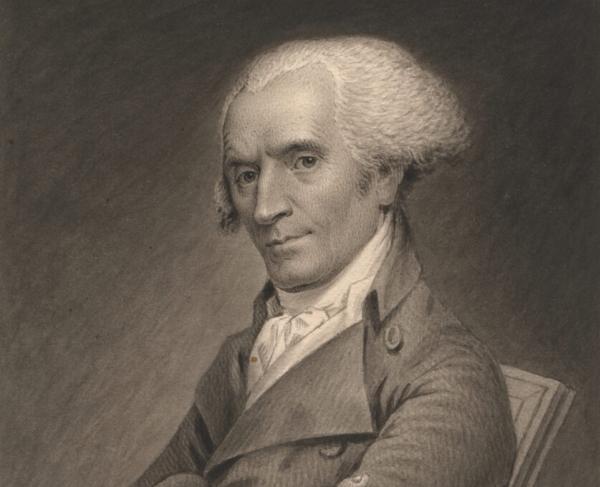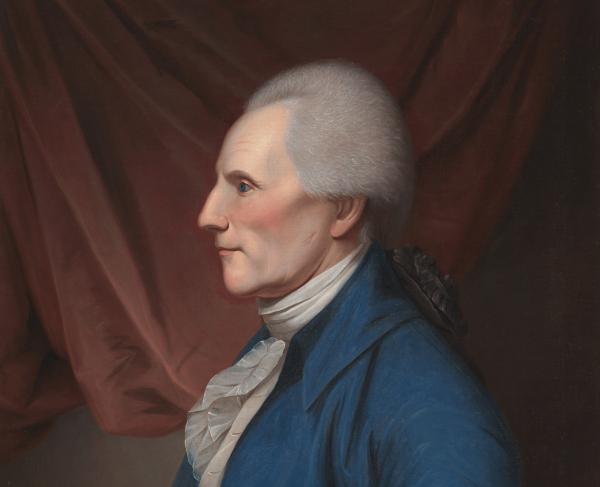Francis Marion

Francis Marion was born around 1732 in Berkeley County, South Carolina—the youngest of six children born to Gabriel and Charlotte Marion. His father, a Huguenot, had fled religious persecution in France prior to 1700. Though his life started as a small farm boy with malformed legs, Francis Marion grew up to fight in the French and Indian War, battle for liberty during American Revolution, and have a career in politics.
At the age of 15, the restless farm boy joined the crew of a schooner bound for the West Indies. During this first voyage, the ship sunk, supposedly rammed by a whale. Five of the seven-man crew luckily survived and escaped in a lifeboat, drifting for a week until making it to land. Francis declared that was enough sailing for him and decided to stay ashore where he started managing his family’s plantation in South Carolina.
While managing the plantation, the French and Indian War started out. Francis, at age twenty-five, joined the South Carolina militia where he fought in a brutal campaign against the Cherokee Indians. Finding success in the militia and rising through the ranks, Francis also learned a great deal from the Native Americans he fought. The Cherokee used the landscape to their advantage, rather than fighting in the European style of lines. They concealed themselves in the Carolina backwoods to mount successful ambushes on Francis and his fellow militiamen. Two decades later, he employed similar tactics against British troops. Following the French and Indian War, Francis returned to South Carolina and eventually bought his own plantation in 1773.
After the battles of Lexington and Concord in April 1775, the Provincial Congress of South Carolina voted to raise three regiments and commissioned Francis to be the captain of one regiment. His first assignment was at Fort Sullivan in Charleston Harbor, where he fought valiantly in June 1776. His unit moved to Savannah in 1779, and after the failed American attempt to retake that city, he returned to Charleston. Francis escaped the devastating surrender at Charleston because he had broken his foot and had previously travelled to the countryside to heal.
The American army retreated and was almost nonexistent in South Carolina after the fall of Charleston. Partisan and militia groups shouldered the responsibility of carrying on the fight against the advancing British. Francis took command of a militia unit and had quick success, leading fifty militiamen in a guerilla-style raid on the British in the Carolina backcountry. The unit hid in dense forest, just as the Cherokee Indians had, surprising the British encampment and rescuing 150 American Prisoners. Though his force was almost always smaller than his opponents, Francis used this to his advantage, making the British split their forces to search for him and always moving quicker than his opponents. He made South Carolina inhospitable for the British.
Even British Lieutenant Colonel Banastre Tarleton, known for his speed and ruthlessness, could not find Francis. In fact, Tarleton gave Francis Marion the nickname that remains to this day. In November 1780, Tarleton learned about Marion’s position and moved with his cavalry to intercept. However, Francis evaded the British cavalrymen for near seven hours and twenty-six miles, eventually escaping into the Carolina swamp. Tarleton gave up the pursuit saying, “as for this damned old fox, the Devil himself could not catch him.” This story traveled around the South, and Francis Marion earned the name the "Swamp Fox."
Marion’s exploits even inspired the 2000 film The Patriot where Mel Gibson played a glorified figure of Francis Marion. His character, Benjamin Martin, is a Southern farmer thrust into the American Revolution after the British killed his son. The movie is fictional, but much of the story gains its background from the Swamp Fox, Francis Marion.
Following the American Revolution, Francis Marion returns to his farm at age 54 and married a 49-year-old cousin, Mary Esther Videau. Staying in the public and military limelight, he commanded a peacetime militia and served in the South Carolina Assembly. In the assembly, Marion opposed punishing those Americans who remained loyal to the British during the war. In 1790, he assisted with writing the South Carolina state constitution and then retired from public life. After a decline in health, Francis Marion died on his plantation, Pond Bluff, on February 27, 1795. He was buried at the home of his brother Gabriel, Belle Isle Plantation, where his grave is still located today.


